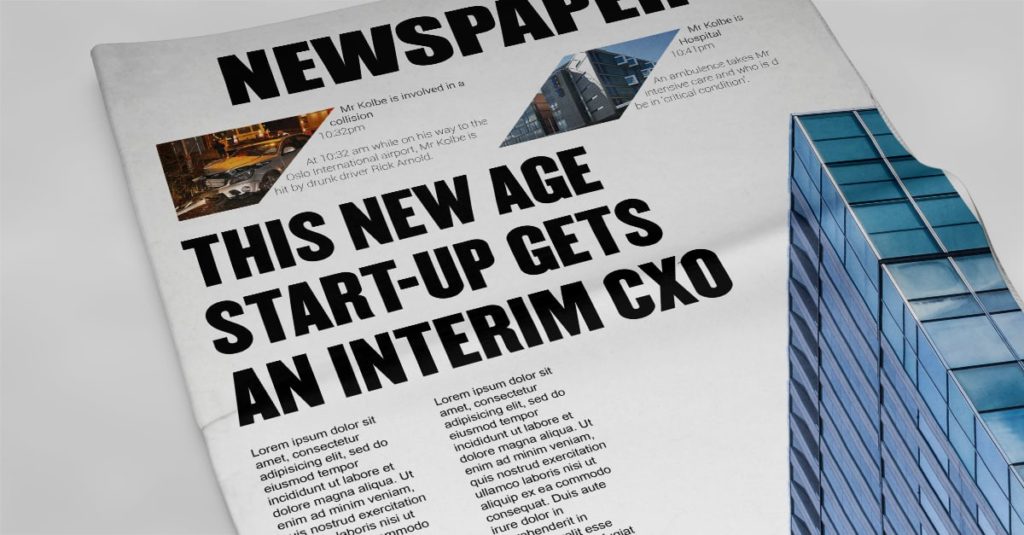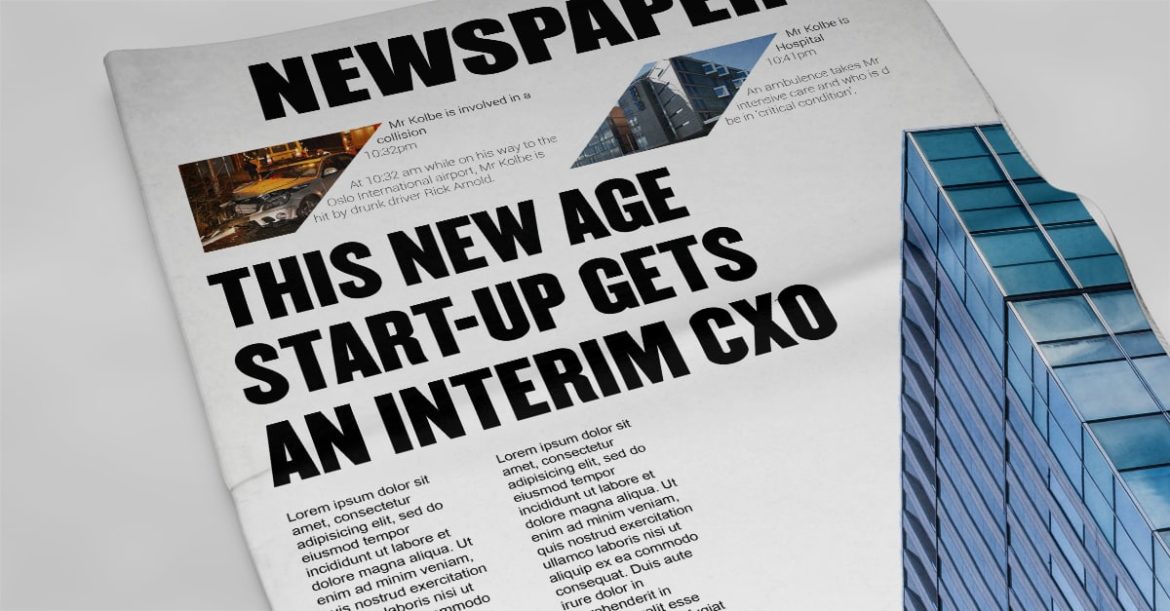
Picture this scenario if you can: you are running a relatively young company in a fiercely competitive marketplace where the norm is feverish change. Suddenly, in the midst of a firestorm, your CEO leaves you or even worse you are having to ask him to go. Where does that leave your organization? To even mature organizations, such sudden exits can be deeply unsettling. For smaller businesses it may be a death blow.
Take Twitter for instance which, even before Elon Musk, has not been a stranger to leadership upheavals. When CEO Dick Colosto left the engine room of the microblogging giant on a short 2-week notice, he left a potentially disruptive vacuum at the top. Only, it’s founder Jack Dorsey by taking over as “interim CEO” ensured that Twitter absorbed the shock without so much as a twitch of a muscle.
From behemoths like Twitter to small startups all across the world, Interim CEOs or CXO’s have helped steer businesses through the rough waters of turbulent leadership change. According to a Harvard Business Review report 17 % of successions at publicly traded firms between 1996 and 1998 included the appointment of an interim CEO for at least 45 days. “They don’t stay long. The vast majority of interim CEOs stay for at least a quarter (92%), but just a third of them stay on for more than a year.”
However, for as long as they stay, Interim CEOs do play a critical role, ensuring unruffled continuity in the face of change, which in many cases may be in fact crucial for a company’s future. In essence, the concept of Interim CEOs / Interim CXO’s has gained ground not just because it helps companies weather turbulence. The concept delivers several clear advantages, says the HBR report including allowing a company take an objective and unbiased look at hiring a new CEO. Says the report: “The appointment of an Interim CEO / CXO, makes it easier to search for a new chief executive unencumbered by the interests and biases of the old CEO / CXO. Sitting executives can exert influence on the search for a replacement, often in order to preserve their own legacy.”
Three former interim CEOs interviewed by HBR researchers felt that instead of attempting big long-term strategic manoeuvres, interim CEOs remain focused on “short-term, tactical crisis management.” And there lies their unique value, particularly for companies that may need immediate trauma care more than long term therapy. Besides this, Interim CEOs offer organizations three major advantages:
BIGGER IMPACT
Since their appointment by its very definition is for short terms, interims are very delivery-outcome focused. They tend to be not only self-driven but also self sufficient, or in other words, as described by the authors of a paper published by Senior Management Worldwide, they are “their own business and marketing departments.” Clearly, to stay robust and resilient nothing rates higher for a business than achieving its goals efficiently. “The best way to market yourself is by demonstrating successful outcomes. And Interim CEOs, because of the very nature of their briefs, tend to do this really well.”
In a manner of speaking, interims assume charge with a clear-cut mandate, which, to put it simply, is to make a visible difference in a short amount of time, unlike a permanent business executive for whom speed may not be a primary priority. Therefore, “they tend to deliver more goals than permanent executives or employees would do in the same duration.”
MEASURABLE RETURNS
Every minute an interim executive spends in an organization is measured by returns, or in other words results that can be expressed in cold numbers. It’s the very nature of the beast: a calling that cuts no slack and leaves no room for indolence. Because of this, interims are able “to deliver measurable results that give visible proof of their value.”
INTERIM EQUAL SAVINGS
Quite often interim managers are more experienced in delivering at a higher level than permanent executives. This allows them to spot issues objectively and fill in the gaps that leak both time, money and resources. They add value to organizations by making it efficient, saving companies big hoards of cash.
Says an HBR report: “Interim executives work extra hard and put in extra hours. It’s not unusual for them to be the last ones leaving the office or staying in late to make sure everything is ready for the next day.” For many companies, such laser focus on the here and now may make the crucial difference between riding or drowning in the tempest of change.




